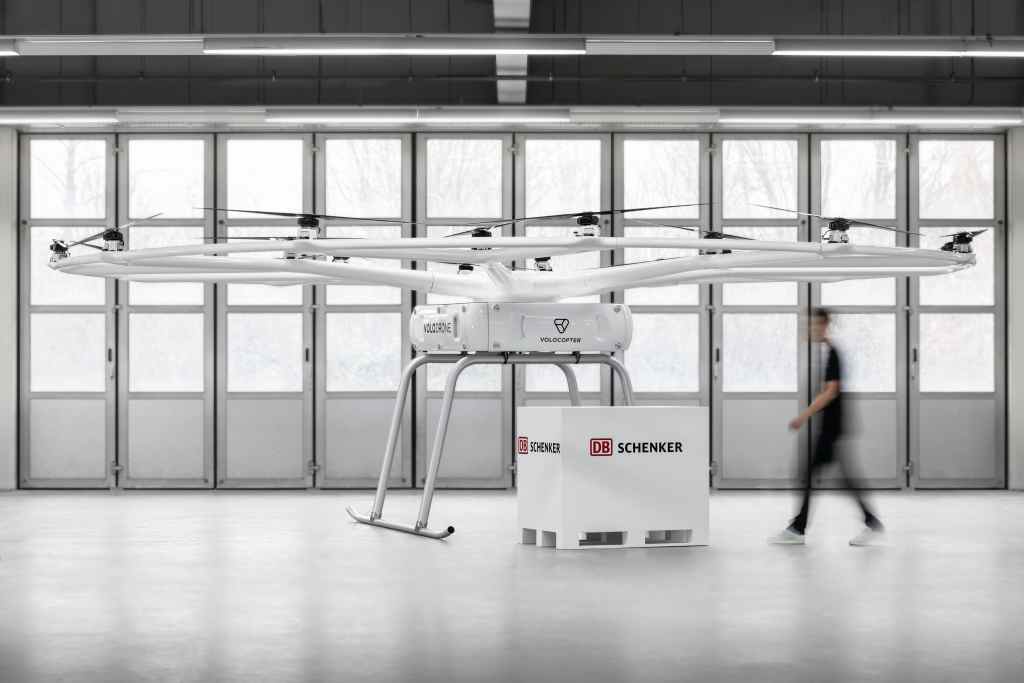Before we see drones flying through our cities, transporting people, they will seek to finish their development and gain the public’s trust in sectors such as logistics. An example is an agreement that the startup Volocopter, owned by companies such as Daimler or Intel, just signed with the German DB Schenker for the production and start of the first commercial models’ tests.
The drone will have a remote control system, and in the prototypes it will be able to lift a load of up to 200 kilograms, with a maximum range of 24 miles. Its developers indicate it is ideal for jobs such as delivering drugs to a hospital or leaving components in a factory.
According to Volocopter CEO Florian Reuter: “The logistics opportunity in the urban market is as big as the passenger market.”
In this first phase, the Volocopter-Schenker association will not focus on people’s transport but the transport of goods. A format aimed at the B2B sector, or from business to business, leaving the individual for later.
From the CEO of Schenker logistics, Jochen Thewes: “Drones are a technology that would allow us to rethink supply chains for logistics in the city. Our common goal is to have a commercial test model up and running by 2021”.
As @DBSchenker CEO Jochen Thewes stated it: “Drones are a technology that would allow us to #rethink supply chains for city #logistics. Our #commongoal is to have a commercial proof case up and running in 2021.” #WhatHeSaid
— Volocopter (@volocopter) September 22, 2020
➡️ https://t.co/hpIA0bN3dM#VoloDrone #Volocopter pic.twitter.com/o0YXIg01ec
Regarding its commercial application in passenger transport, full certification from the European Union Aviation Safety Agency (EASA) for the 18-rotor VoloCity is expected to be ready by the end of 2022. A model of larger dimensions, dubbed VoloDrone, with a similar design, should arrive in 2023.
Quite ambitious deadlines that warn us that the era of transport drones is closer than many of us would have thought, and now with the technology ready to cover an essential spectrum of applications, it only remains to wait for the legislation to approve its use.
A system that will make it possible to replace transport with vehicles with a combustion engine and reduce polluting emissions, with cars that have enormous potential for economic savings in applications that until now must use conventional helicopters, such as organ transplantation, or also goods to remote areas such as mountains or islands.

